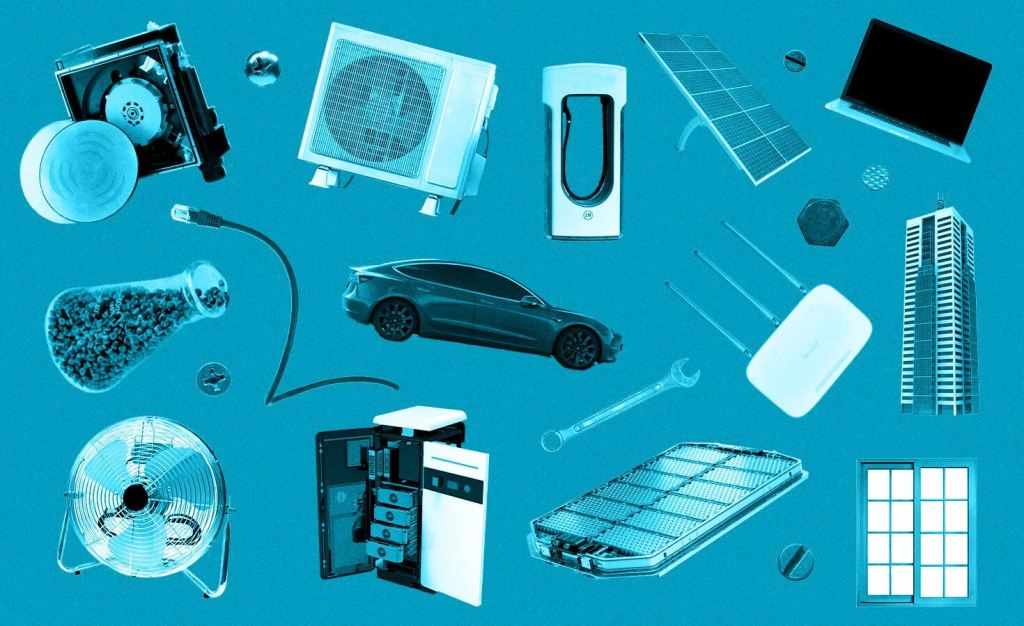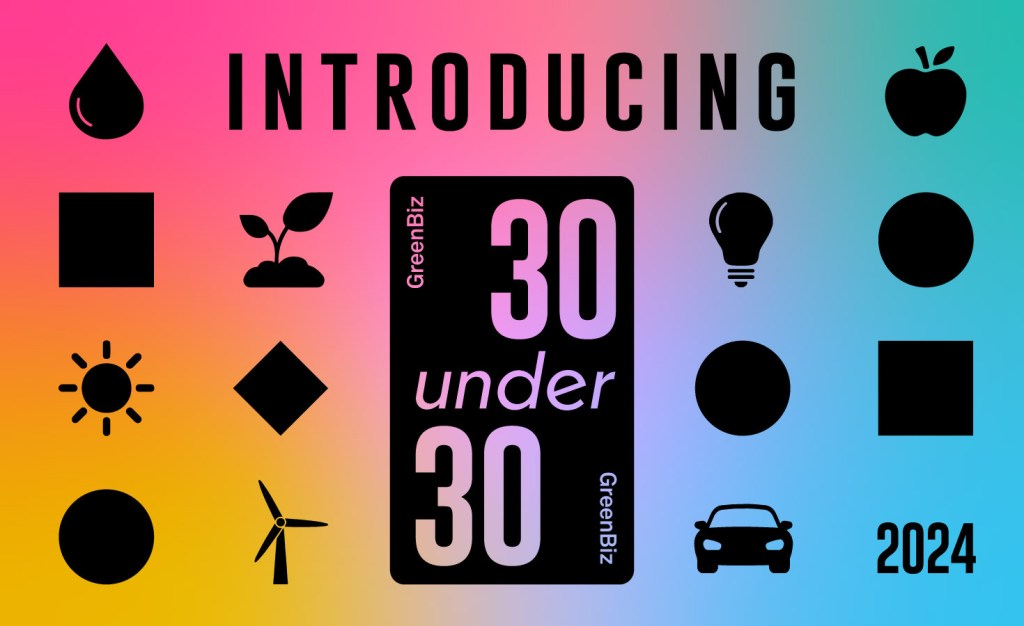Healthcare Heal Thy Footprint
Healthcare facilities are second only to the food industry in producing waste. Yet in some sectors of the healthcare industry, major players have been slow to go green. Read More
[Editor’s Note: This is the first segment of a three-part series about greening the healthcare industry.]
Energy costs for healthcare organizations are over $8.5 billion, industry green house gas emissions make up 8 percent of the U.S. total, and healthcare facilities are second only to the food industry in producing waste. Yet in some sectors of the healthcare industry, major players have been slow to go green.
As the scrutiny of healthcare costs becomes more intense, will government incentives motivate the healthcare industry sustainability laggards to green up or will the slow starters overcome their inertia and finally follow green leaders in realizing opportunities for gain and good?
As the main healthcare industry sectors — hospitals, pharmaceuticals, medical product and devices, and insurance — vary significantly in products, services, structure, sustainability and transparency, it makes sense to look at each piece separately. 
For the hospital sector, profit margins often hover in the single digits and with hospitals using twice the energy of a typical building, savings could add up quickly. Yet many of the largest hospital organizations lack any visible plan to tackle environmental impacts. In Newsweek’s Green Rankings, only two of the largest for-profit hospital organizations, HCA and Universal Health Systems, made the list and both scored in the bottom 10 percent
None of the six largest private hospital organizations with 442 hospitals combined (6.7 percent of market) provide environmental accounting in their annual reports. And many of the largest nonprofit hospital organizations fare no better, with none of the top five providing any obvious mention of environmental sustainability on their websites.
{related_content}Newsweek Green rankings and a review of the large hospital organizations’ websites hint at two big problems. Large hospital organizations are leaving green money on the table by ignoring sustainability advantages. In addition, transparency on environmental issues is hard to find. This lack of transparency and standardized metrics obscures opportunities and stymies effective action.
Effective action is further complicated by a highly fragmented industry structure. With 6,529 hospitals where the largest single player is the U.S. government (1,200 hospitals) and where the industry is dominated by nonprofits (60 percent of the market), the largest players haven’t yet followed many for-profit industries in developing and reporting sustainability metrics, reporting to the Carbon Disclosure Project, or creating regular, periodic environmental responsibility reports.
The good news is that some hospitals, both government and non-government, are already up at bat investing their own capital and taking advantage of the billions of dollars for energy efficiency in the stimulus package, plus tax incentives and federal grants to fund improvements. The green leaders in government, private, and nonprofit hospitals are forging the way by tackling energy, waste, and the supply chain, and by creating a more sustainable patient experience.
Dialing Up Energy Savings at Hospitals
Hospital environmental leaders are zeroing in on growing energy costs and their associated greenhouse gas emissions. According to Jen Ace, director of client engagement at Climate Earth, the environmental accounting company based in San Francisco, “Scope 1 and 2 emissions — those associated with fuel combustion and electricity use — together contribute roughly 35 percent of an average hospital’s greenhouse gas emissions.” Hospitals can directly manage these energy impacts by improving efficiency and turning to renewable sources.
Government hospitals, mostly through the Veteran’s Health Administration (VHA), are taking on direct energy impacts, spending $419 million of stimulus money in 2009 for 304 energy-related projects including renewable energy installations, improvements in HVAC, energy conservation and metering.
At the St. Cloud, Minnesota VA hospital, a new wind turbine will supply 15 percent of the facilities annual electricity needs starting in 2011. The VA Medical Center in West Haven, Connecticut will save over $20,000 per year after the installation of their solar panel system. 
VHA hospitals are not alone in their energy management efforts. Providence Newberg in Oregon (pictured, right) moved to 100 percent renewable energy through PG&E’s Clean Wind program, avoiding more than 3 million pounds of CO2 emissions.
Providence Newburg also cleverly leveraged over $350,000 grants and $141,000 in tax incentives to increase building energy efficiency.
Today Kaiser Permanente announced its launch of a 15 megawatt solar initiative, the first phase of a broader renewable energy effort within the organization’s sustainability program.
Scrubbing Carbon and Toxins from the Supply Chain
“An even larger opportunity exists in understanding Scope 3 emissions, which relate to the supply chain,” says Ace. “The larger impact is in the products and services an organization purchases.”
The most basic concepts of reducing supply chain impacts are simple: Buy less and source lower-impact supplies.
Reuse is another great way to lower cost and impact. Reprocessing single use devices (SUDs) saved $138 million through one of the nation’s largest reprocessing companies in 2008. Twenty-five percent of hospitals now send low-risk Class I and II SUDs (elastic bandages, general use surgical scissors, laparoscopic equipment, etc.) for reprocessing and realize a 50 percent cost savings over buying new while eliminating the need for extraction and manufacture of new materials.
Environmentally preferred purchasing policies also help hospitals eradicate carbon and toxins from the supply chain (and operations).
For example, since July 2006, Kaiser Permanente banked $4.8 million in savings while paring energy use in operations by 55.2 million kWh by buying only EPEAT registered equipment.
Hospitals are also working to eliminate toxins such as PVC from their supply chains and in the process pushing down costs of more sustainable alternatives. Kaiser Permanente notes that it “eliminated millions of vinyl gloves — and drove down the price of alternatives — by switching to latex-free, PVC-free gloves in all facilities.”
Organizations such as Health Care without Harm provide environmental preferable purchasing guidelines to help hospitals choose products with the best performance and lowest impact.
Keeping Cash Out of the Trash
In addition to being relative energy hogs, hospitals pile up 2 million tons of solid waste per year or an average of 15 pounds per patient.
Kaiser Permanente flushes out waste wherever it can find it. In 2007, through a partnership with Ohio-based Redemtech, Kaiser recycled 46,000 pieces of electronic waste. Kaiser also trimmed costs 24 percent and curtailed waste by switching to linen patient gowns — getting 60 uses per gown instead of one. In building its Modesto facility, Kaiser Permanente recycled 97 percent of shipping materials, diverting 40 tons of waste and saving $300 per unused Dumpster. The construction project ultimately used only one Dumpster for shipping materials.

Leading hospitals are also targeting toxic waste streams by purging hazardous substances. Eighty-five percent of hospital waste is non-hazardous, but toxic waste is still a big issue as hospitals are fourth largest discharger of mercury into the environment. The Baltimore and Perry Point VA hospital set goals to improve management of pharmaceutical waste, while Kaiser Permanente purged 630,000 grams of mercury to become 95 percent mercury free.
The Sustainable Patient Experience
Hospitals are further shrinking waste and improving patient health by bringing better food to the table and bedside. Bronson Methodist signed the “Healthy Food in Health Care” pledge, hosts a farmer’s market, and supports local agriculture through participation in a farm share. Kaiser Permanente’s facilities host 28 farmer’s markets in six states and offers delivery of farm boxes for employees.
Providence Newberg is creating a healthier experience for patients and employees through a new-LEED Gold building that draws 100 percent fresh air for ventilation systems, uses low-VOC materials and green cleaning supplies to improve indoor air quality, allows access to natural light from every patient’s room, and incorporates an outdoor healing garden.
Hospitals need a comprehensive greening strategy that saves energy and water, significantly reduces waste and toxic releases, leverages green technology, and improves the patient experience — all while saving money.
The incentives for greening are out there and inspiration can be found in the success of hospital greening leaders. For the industry and society, hospital sustainability is a triple-play — reducing costs, improving the patient experience, and protecting the environment.
Additional Resources for Greening Healthcare:
Green Guide for Healthcare
HealthCare without Harm
PracticeGreenHealth
Center for Health Design
Energy Star for Healthcare
Center for Environmental Health
USGBC LEED for Healthcare
Healthcare Information & Management System Society
Thera N. Kalmijn is founder and CEO of SureGround. She acknowledges R. Paul Herman, Jen Ace and Frankie Ridolfi for their input into this article, and welcomes comment here or to her office.
Top image CC licensed by Flickr user taberandrew.
Insets of tattered Red Cross and vintage ambulance CC licensed by Flickr users 96dpi and rbrwr.
Inset of Providence Newberg Medical Center courtesy of Skanska.












